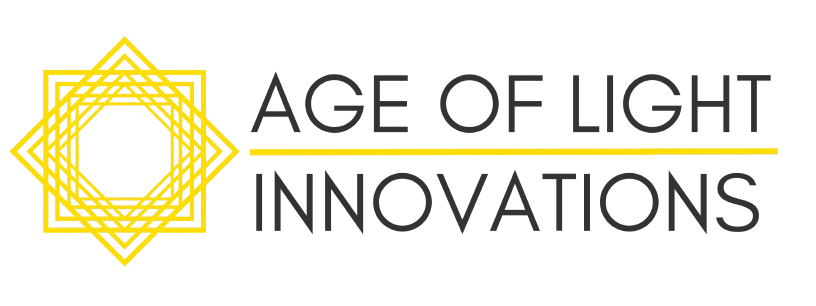
Rediscovering your ‘home’ territory – and making friends with your body clock
- Categories: Blog, Newsletter
- Tags: bodyclock, cost effecting lighting, design, health, heathcare, jetjag, lighting, socialmedia, well-being
‘Does blue light cause cancer?’
The answer? No – and Yes!
- Most LED luminaires are not powerful enough to damage the eye in normal use
- But some products- like children’s toys and car headlamps don’t face the same regulations, so they can be powerful enough to do real harm, especially to fragile young eyes that are clearer than ours LEDs: ANSES’s recommendations for limiting exposure to blue light
- But the real risk for most of us is the ‘jetlag’ caused by exposure to light in the evening, especially when we don’t get enough bright light during the day. Disruption to your bost clock is directly linked to increased risk of cancer Interplay between Circadian Clock and Cancer: New Frontiers for Cancer Treatment and adolescents are more sensitive than adults Effect of exposure duration and light spectra on nighttime melatonin suppression in adolescents and adults
- That is a risk that’s worth worrying about!
Jet lag and jet setting
I’m writing this from a train on my way to get my visa for a flying visit to Guangzhou this week, privileged to be invited by Messe Frankfurt and Martin Klaasen of the VLDC as part of an East meets West panel on lighting for health and well-being- see link below.
Business travel is booming: Americans go on over 400 million long-distance work trips every year Business TravelStatistics 2020. The global business travel market was worth $700 billion in 2020 100+ Business Travel Statistics (2023).
Here are five ways I use light to help to give my body clock a happy landing.
- Shifting my schedule (evening meal and bedtime) a bit earlier and get enough sleep in the days before I set off. It’s tempting to burn the midnight oil when you have loose ends to tie up before you go. But paradoxically you will find it harder to handle stress – and it will take longer to adjust if you’re sleep deprived before you start. Association of sleep duration on workdays or free days and social jetlag with job stress
- Work out the time at your final destination and take an eye mask, headphones so you start shifting your clock in mid-air
- Get outside for a walk first thing every day – however hectic the schedule – it may be the only daylight you see if you’re at a trade fair like the one in Guangzou – and it’s the single most important thing you can do to set your body clock – the gentle exercise will help too – The impact of daytime light exposures on sleep and mood in office workers
- Resist the temptation to nap – or keep them to less than 30 minutes – these small ‘snacks’ of sleep can make it harder to fall asleep at night – Good sleep, bad sleep! The role of daytime naps in healthy adults
- Be curious and notice how you feel at different times of the day and night – I keep a simple journal to track the connection between exposure to light and darkness and other things that affect the body clock, including food, exercise and temperature – this is a rare chance to see the power of your body clock in action – and ultimately learn how to treat it with the respect it deserves.
- 11 June – Guangzhou – East Meets West – Guangzhou International Lighting Exhibition. On-site registration only.
- 14 June in Copenhagen – HCL tour – let me know if you’d like to join and I’ll make the introduction
- 20 June – LIA ‘lightning tour’ of the WELL online – will be running through the standard and the latest news about the upcoming Domestic certification – register here.
- 30th of June – Care Managers Show at the NEC – Birmingham please join me for a conversation about light and health for residential care.
What’s your favourite colour?
Depends where you’re from!
Ever noticed how a place ‘looks’ subtly different when you get off a plane – even though every international airport looks pretty much the same? That has fascinated me since I wrote my thesis on colour and culture to complete my Textile degree in Paris.
In Praise of Shadows is a wonderful description of philosophical differences between Eastern and Western attitudes to light (free pdf here – In Praise of Shadows – but the printed version is a treasure to return to).
It turns out, these cultural differences might shape how much our individual preferences vary too. One study – Cultural Preferences to Color Quality of Illumination of Different Objects showed a range of objects and paintings to Chinese and American adults. They were invited to tune the lights for colour temperature and saturation to create their preferred and most natural viewing conditions. For familiar objects and paintings, the choices were broadly the same. But when the paintings were unfamiliar, the Chinese tended to go for a more saturated setting, while the American preferences varied almost twice as much.
One theory, known as Hofstede’s Individualism/Collectivism cultural dimension (IDV) links the variation in preferences to differences in the IDV scores. Cultures with lower IDV scores (Americans in this study scored IDV 91) have a preference for a loosely-knit social framework, in which individuals are expected to take care of themselves, and implies highly individual decision making. In contrast, the Chinese score an IDV of 20, which infers that Chinese people act more as a group rather than individuals and their decision-making might be influenced by group norms.
Of course, this study was a while ago and a lot has changed since then. I’m looking forward to seeing how it plays out in Guangzhou!

